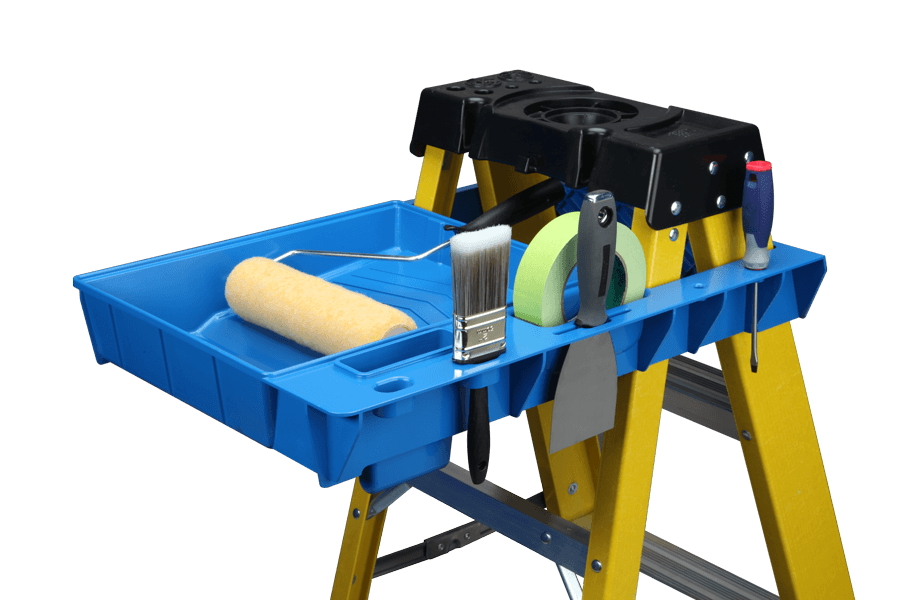What painting contractors offer rotten wood replacement, carpentry, interior and exterior house painting, pressure washing, deck staining, deck refinishing, gutters and down spouts, stucco repair, siding installation, re-staining of front doors, sheet rock repair, and wallpaper removal? Kenneth Axt Painting Contractors offers all of these services.
We offer free color consultation to help you pick your colors.
As far as interior painting we have specialized painters that do interior painting.
We use Sherwin-Williams highest quality paints. Duration, Emerald, Cashmere, Super Paint, Deckscapes, and Loxon XP Elastomeric for stucco. All of their top-of-the-line products.
Kenneth Axt Painting Contractors offer free exterior color consultation, skilled painters, and Sherwin-Williams highest quality paints.
As far as carpentry, we replace all rotten wood siding with permanent products for example PVC, Hardy and hardy trim. These materials are impervious to rot.
 What do our clients say about us?
What do our clients say about us?
The entire staff was very professional, courteous, and friendly. I would highly recommend Kenneth Axt Painting Contractors to any of my family and friends.
We got estimates from three other companies that all came with strong recommendations. Kenneth Axt Painting Contractors stood out from the others in their attention to detail and professionalism.
The crew did an excellent job. This is the second time we have used your business and could not be more pleased with both jobs. The crews were very hard-working and clean the site each day, even though they would be coming back in the morning. Marcie, the color consultant, was extremely helpful in my final color selections. The job started when promised. Working with Kenneth Axt Painting Contractors was a wonderful experience.
What a wonderful company! Office staff always return calls ASAP. Kenneth and David were at my house for hours doing the carpentry and painting estimate! I felt like they really knew my house by the time they did the work! Your company is the best I’ve ever worked with. Every phase of the job was done well.
You have achieved your goal of being the best. Of course you were the best when you were here before. We like the daily inspection and your neat painters. This is our third house painting with you. Everyone was great and my house is beautiful.
It is such a pleasure to engage was a service provider who provides “best in class” service. That is not always the norm. Thanks so much for a job well done!
What we really appreciate about Kenneth Axt Painting Contractors is they are efficient, prompt, and do quality work.
Carpentry or painting projects? Want top professional, cost-effective, excellent workmanship?
Find out why Kenneth Axt Painting Contractors has been one of Roswell, Alpharetta Home Reports “Best Pick”. We did and highly recommend Kenneth’s company. They did a great job, keeping us fully informed of the progress at all times.
Very professional. Exceeded my expectations. We could not be happier.
Thank you for outstanding work on our home. You were the best company that we have done business with, and we appreciate your special effort for us.
Kenneth Axt Painting Contractors has been your professional painter of fine homes for over 40 years with the experience that makes the difference.
We take pride in providing a professional painting experience from the time you call our office for an estimate to the finished job. Kenneth and his brother, David, design detailed estimates which are left with you the same day.
Our focus is residential painting. We have found that we connect best with quality oriented clients.
We provide free of charge, the services of our color consultant to assist you in choosing just the right color to achieve best curb appeal. You can count on us using the highest quality of materials on your project. Our commitment to you is to provide you a very thorough and detailed estimate that results in a finished product that is done correctly.
At Kenneth Axt Painting Contractors, we stress fairness and honesty with our clients.
Values and benefits for you!
Free color consultation by Marcie, our color consultant.
Free estimates given by David Axt & Kenneth Axt.
Free thorough inspection and estimate of your carpentry needs.
Free inspection and estimate of your painting needs.
We are fully insured for your safety. Workers compensation and general liability.
Friendly, helpful office staff to assist you.
Available to answer your questions.
Exceptional caulking preparation.
We use only the highest quality Sherwin-Williams products.
We provide you with peace of mind service.
There is no deposit or upfront money.
A 10 Year Warranty is available.
On-site inspections as job progresses.
We specialize in carpentry repairs and painting.
Gutters and downspouts.
Expert carpentry repairs.



